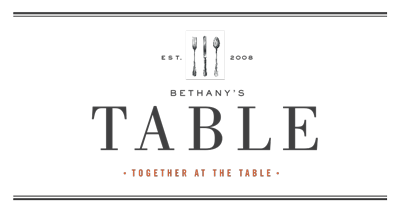Local Farms - Local Meat
Omega Madness
 Our decision to focus on acquiring the meat we sell by purchasing whole cattle and hogs from local farmers and ranchers has resulted in some unique challenges… and opportunities. Initially we made the choice to change the way we sourced our beef in order to keep our dollars local and avoid fueling the evil, over-subsidized, earth-destroying, corn-fed agribusiness death machine. We purchased whole animals from a farmer in Carlton and had them slaughtered at a local USDA facility. It wasn’t until we began to use the meat in our restaurant that we realized the remarkable differences.
Our decision to focus on acquiring the meat we sell by purchasing whole cattle and hogs from local farmers and ranchers has resulted in some unique challenges… and opportunities. Initially we made the choice to change the way we sourced our beef in order to keep our dollars local and avoid fueling the evil, over-subsidized, earth-destroying, corn-fed agribusiness death machine. We purchased whole animals from a farmer in Carlton and had them slaughtered at a local USDA facility. It wasn’t until we began to use the meat in our restaurant that we realized the remarkable differences. Our grass-fed beef is leaner – much, much leaner than the meat we have been purchasing. We specified the grind blend to be 90/10 but really it’s hard to see where the 10% fat is coming from. The roasts have virtually no fat. Since the animal was not forced to stand in a feedlot stall for the last 90-120 days of its life, some cuts we had previously served were no longer acceptably tender for whole cuts but they make a premium ground product.
Grass-fed beef taste different. And one animal will taste different than to other. Here again, with the animals not being finished on a feedlot prescription diet, each animal may taste different depending on its forage.
Grass-fed beef requires different cooking methods. Generally, it needs to be cooked more slowly, at lower temperatures. And the crossover point from medium-rare to medium-well is a shorter threshold, especially with the ground beef. Fortunately, the butchering and handling processes we now use drastically reduce to nil the risk of e coli contamination. This meat is completely safe to eat and it is not necessary to overcook it to protect oneself.
Because the meat is so much leaner and denser, we shy away from using some cuts in the restaurant because it is hard to cook it tender enough for our standards. So we have decided to grind cuts such as the chuck and round. This is resulting in an exceptional product.
Are you interested in learning more about the comparative health benefits of grass-fed v. corn-fed beef?
...text
